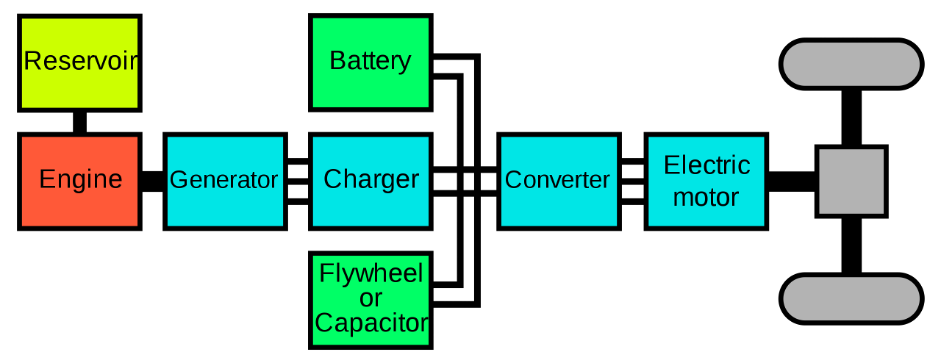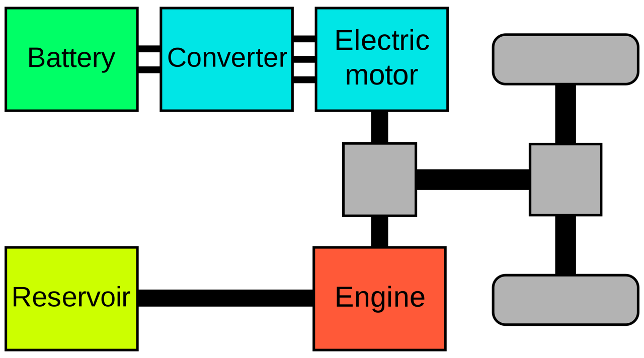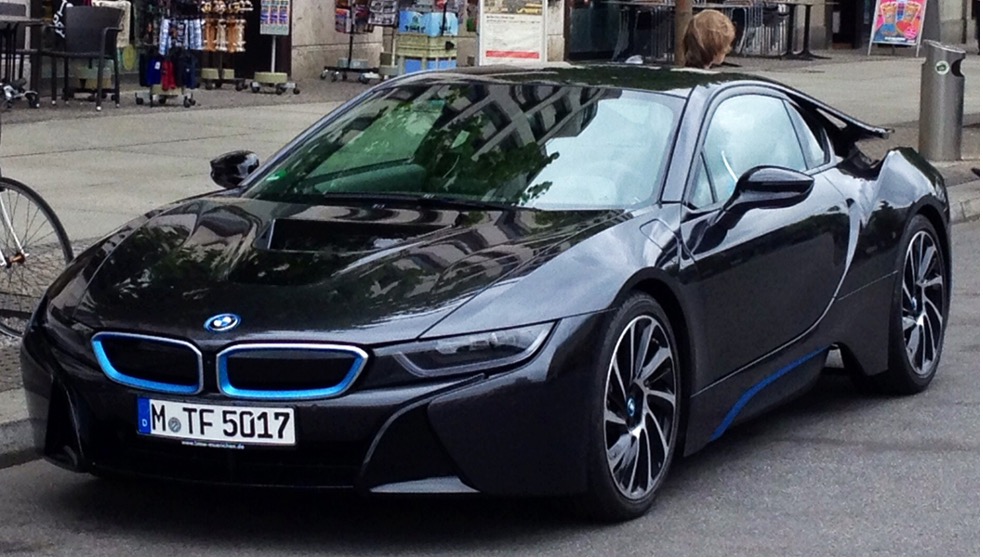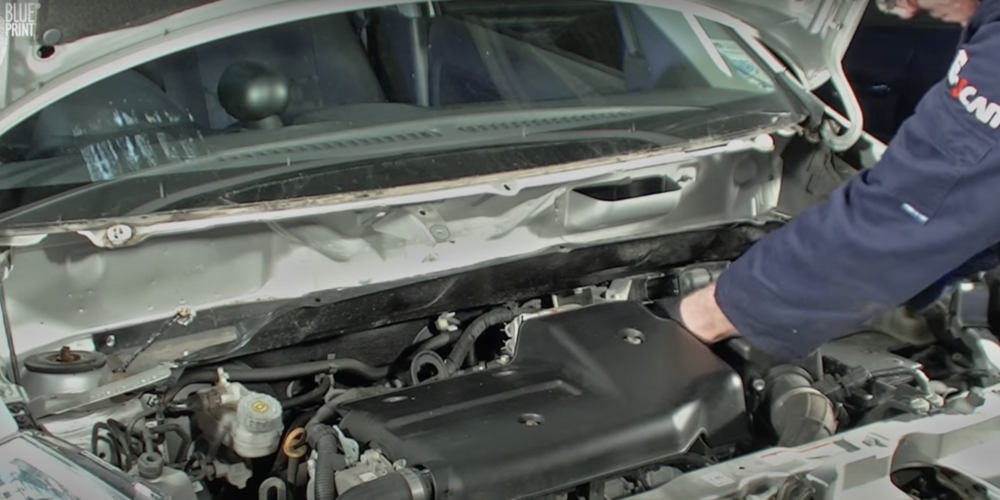Further development of the hybrid car: the PHEV era
In a recently published article, we wrote about the seemingly disfavored appearance of hybrid cars, their previous history and their rise during the 2000s. However, the large-scale breakthrough did not prevent a new version of hybrid technology from appearing: plug-in hybrid vehicles.
Today, in addition to battery-powered electric cars, many people consider these passenger cars to be the most environmentally friendly solution currently available, although opinions are divided about the ecological effects of alternative drives.
Conceptual definition of the hybrid drive
Hybrid drive can be defined in several ways: according to the most frequently mentioned rule, a hybrid car is a car that obtains the energy required for its propulsion from several sources operating on different principles. In practice, this means that not only gasoline-electric and diesel-electric vehicles should be considered hybrids but also all drive solutions in which at least two resources with different technological principles provide energy.
Historical overview
As we noted in our previous article, the Toyota Prius was not the first hybrid car. In 1899, Ferdinand Porsche presented a car that produced energy using a gasoline engine to power the electric motor driving the front wheels. It was the Lohner-Porsche Mixte. Moreover, it was not just a prototype: 300 units were produced.
At that time, battery-powered electric cars were also on the roads so it was not clear from many points of view which technology would emerge as the winner.
However, the cost-effectiveness of the internal combustion engine versions decided the battle for nearly a hundred years. Hybrid and electric technology were unable to compete with the drastic price drop, and hybrid cars were completely forgotten.
Around the turn of the millennium, with the debut of the Prius and the growing environmental lobby, hybrids were suddenly back in the saddle. By the 2010s, the hybrids appeared which are still an integral part of road transport today.
PHEV general structure, differences compared to the traditional hybrid drive
Plug-in hybrids (abbreviated PHEV) do not differ much from their traditional counterparts in terms of drivetrain: they use the same three structural structures which we wrote about in more detail in our article on hybrids.
Serial hybrid
Here internal combustion engine is not directly connected to the mechanical drive chain, so the engine does not drive the car, only the generator which produces electricity for the electric motor, the battery and other consumers.
During braking, the electric motor acts as a generator and feeds back into the battery if it is not fully charged.

Block diagram of a serial hybrid drive (source: www.wikipedia.org)
Parallel hybrid
In this more complicated solution, both the internal combustion engine and the electric motor can directly participate in the drive, even separately. The two systems can produce energy independently but their output meets in a common gearbox.

Block diagram of parallel hybrid drive (source: www.wikipedia.org)
This requires a very thoughtful and precise transmission which is not necessarily good for production costs, but results in much better controllability – and thanks to this, demonstrable fuel savings can be achieved with it compared to an in-line hybrid.
Serial-parallel hybrid
The third type is a combination of the above: it can work in both modes.
Differences
The difference between a PHEV and a traditional hybrid is primarily manifested in the battery’s chargeability.
The battery of a classic hybrid vehicle can only be charged via the internal combustion engine (or, as the case may be, kinetic energy can be recovered) but the operation of the car is necessary.
On the other hand, the battery of PHEV cars can be charged even through the outlet of our apartment, moreover, typically these systems only get their charging current from an external energy source.
Some European legislation has encouraged manufacturers to equip PHEVs with larger batteries, as a result of which they are typically able to travel 25-50 kilometers under their own power using only their electric powertrain. This cannot be said about traditional hybrid vehicles because in most cases the driver cannot switch between powertrains.
Charging is very similar to battery electric cars: the inverter can handle many types of charging current, from fast chargers to household mains current. Since the capacity is low compared to a BEV, the charging time under the same conditions is measurably shorter.
Operating modes
PHEV vehicles are generally able to drive in two main modes: discharging mode and charging preserving mode. The car can also switch between the two automatically: this is called mixed mode. As long as the driver does not intervene manually, the aim of the automated process is always to achieve the greatest possible range.
Meanwhile, the same program is also responsible for the charging-discharging strategy of the battery.

One of the best-known PHEVs, the BMW i8 (source: www.wikipedia.org)
Discharging mode
With the exception of very intense accelerations, this mode allows the car to drive using only the electric energy of the battery until it dips below a level deemed critical by the system.
This is when the car switches to internal combustion engine mode (or even fuel cell mode, depending on which PHEV we’re talking about).
Charge preserving mode
In this mode, the capacity of the battery does not participate in the power supply of the drive, it preserves the current capacity of the battery.
Mixed mode, other modes
The mixed mode is a combination of the two above: the ECU decides, depending on all the input data which energy source is used and to what extent at the given moment.
In addition to these, most PHEVs also have a self-charging mode, when the battery is charged on the go with the help of regenerative braking and the generator, similarly to conventional hybrids.
Source:
https://en.wikipedia.org/wiki/Plug-in_hybrid
https://afdc.energy.gov/vehicles/how-do-hybrid-electric-cars-work
https://hu.wikipedia.org/wiki/Toyota_Prius#/media/F%C3%A1jl:Toyota_Prius_2.0_HEV_Limited_(V)_%E2%80%93_f_18112022.jpg
https://en.wikipedia.org/wiki/Hybrid_vehicle_drivetrain#/media/File:Hybridpar.svg
Hybridpeak – Hybrid vehicle drivetrain – Wikipedia
https://en.wikipedia.org/wiki/Plug-in_hybrid#/media/File:BMW_i8_in_Berlin_trimmed.jpg









